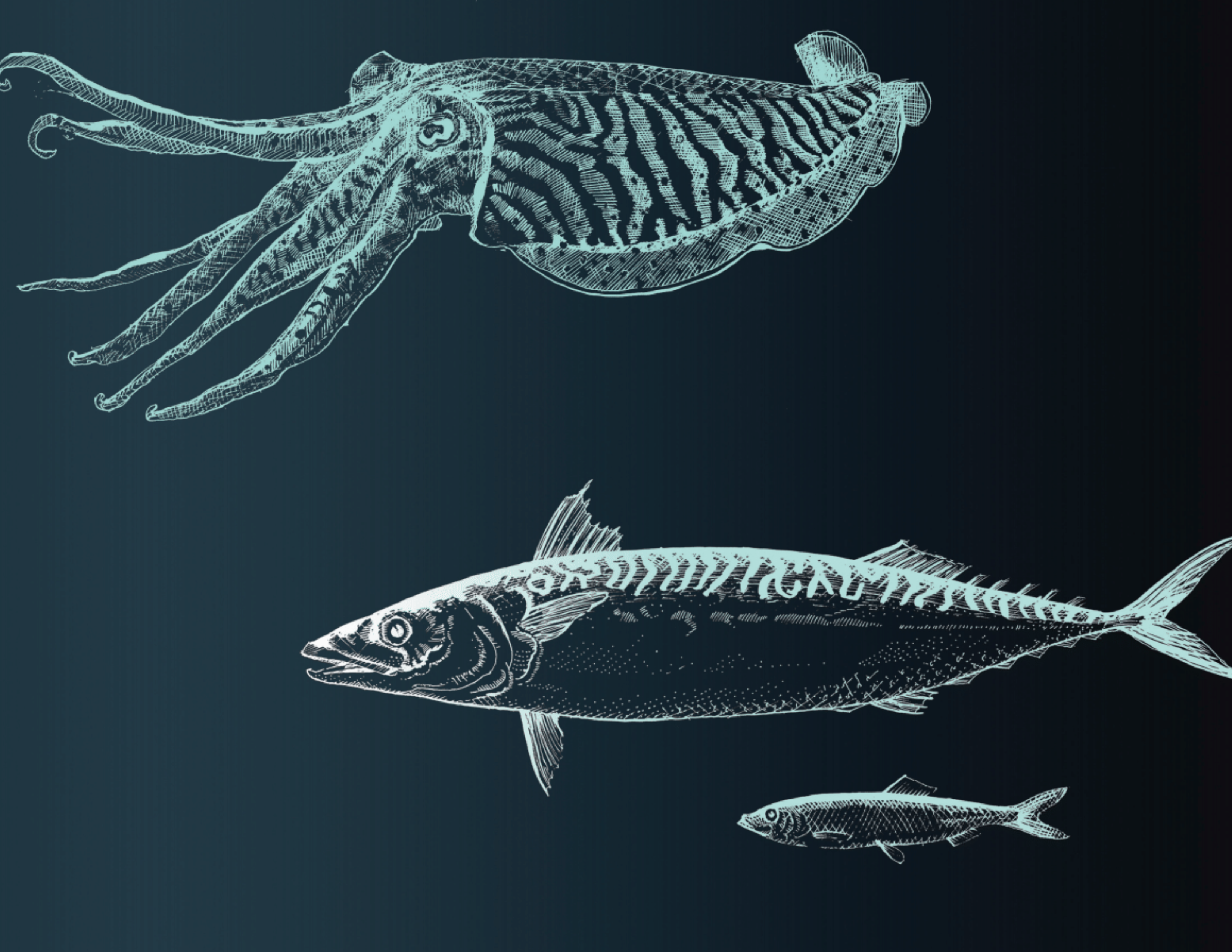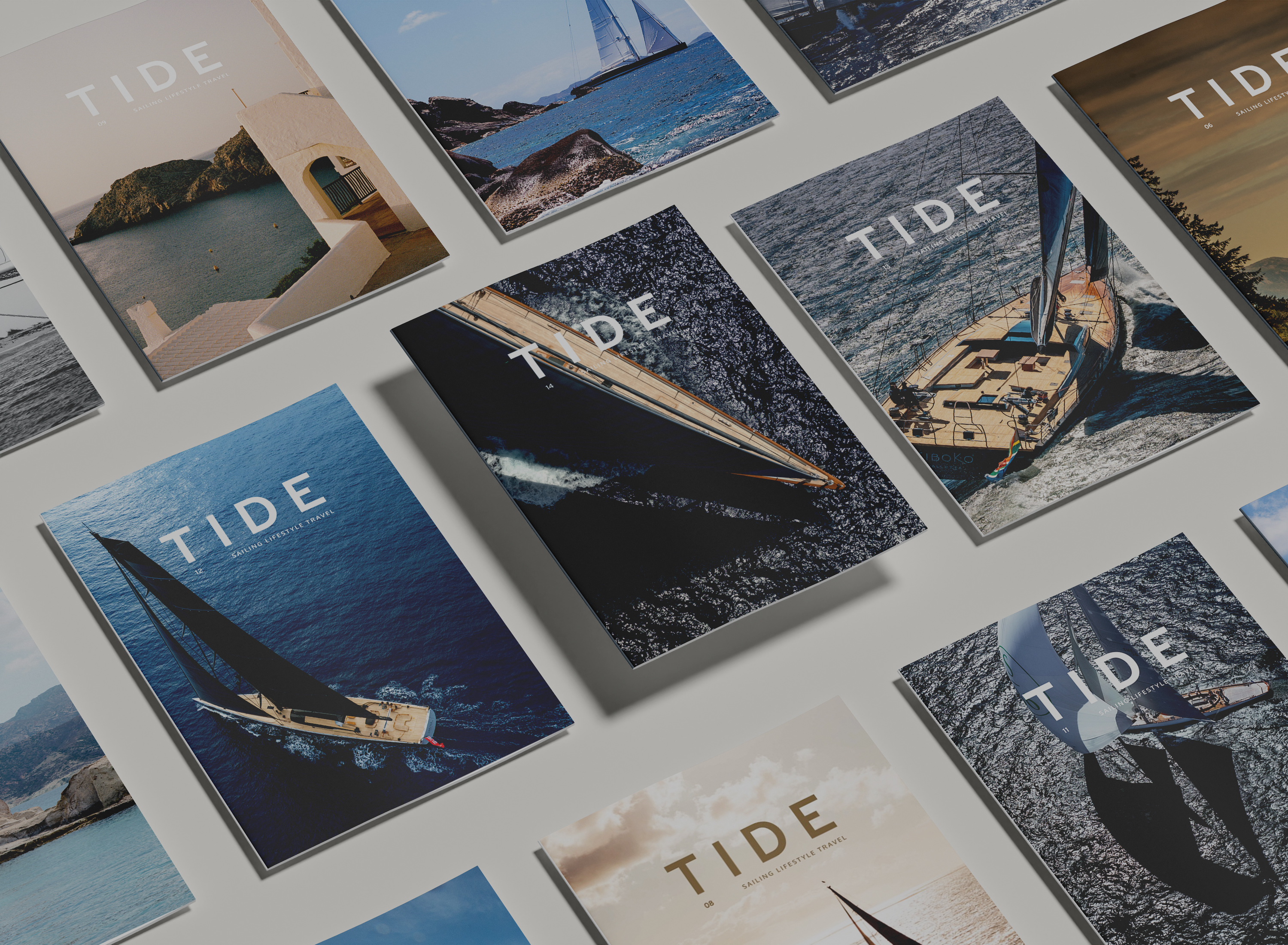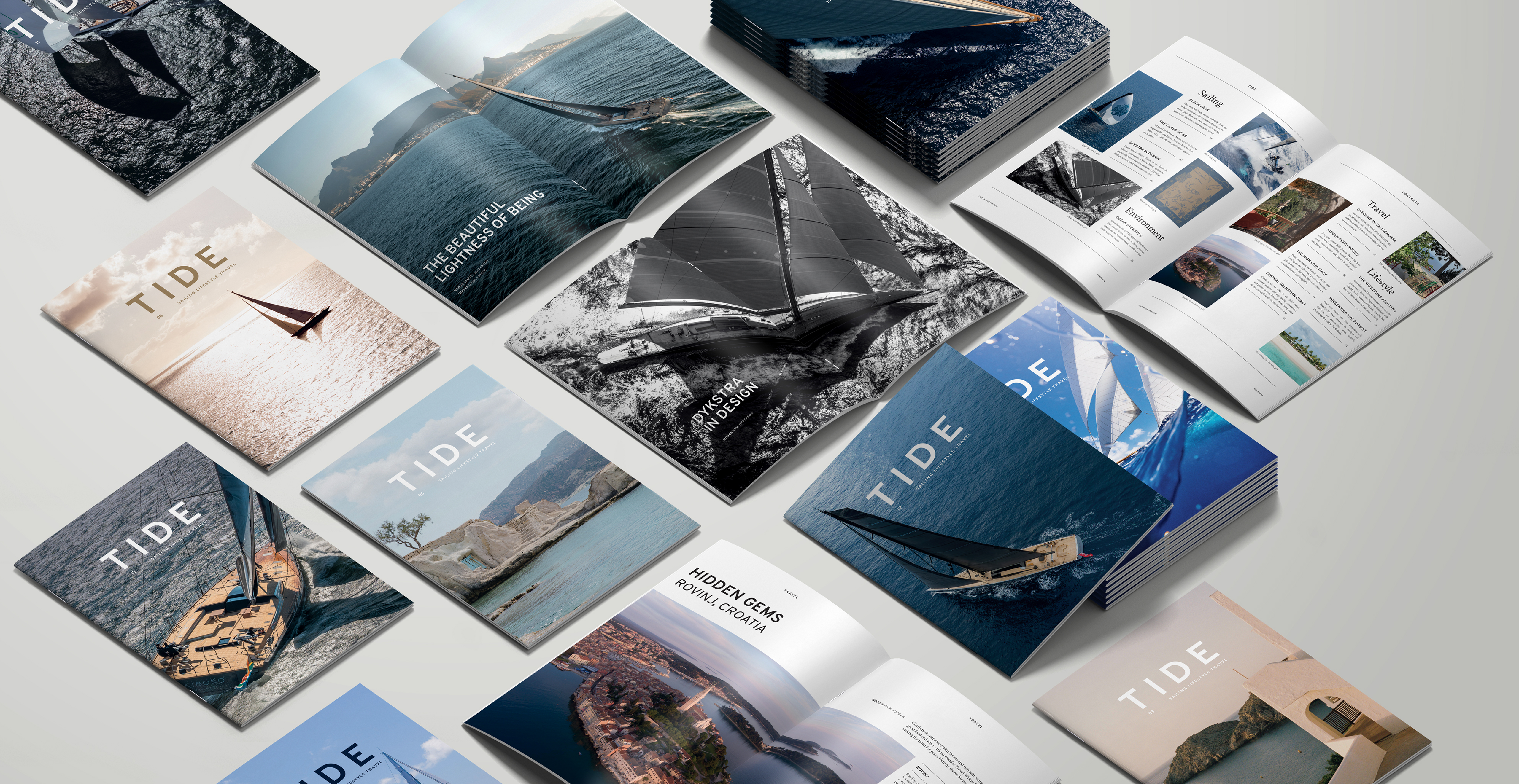A pivotal new book from Charles Clover – author of The End of the Line and co-founder of international NGO Blue Marine Foundation – explains that sometimes simply leaving nature to heal and replenish itself is the best ‘conservation’ work we can do
Considering how relentlessly depressing the statistics are when it comes to overfishing, it may seem surprising that long-time environmental campaigner, author and journalist Charles Clover’s resounding message is one of positivity. “If there’s one thing I wish more people knew about restoring the ocean it’s that it’s possible, and it’s actually quite straightforward,” he tells me over the phone one autumn morning. “It’s just taking our foot off the accelerator and giving nature a bit of time to heal.”
In his new book, Rewilding the Sea (Penguin, 2022), Clover sets out a compelling and urgent manifesto for how to bring life back to the sea. Just like with many progressive land-based conservation projects, where ecosystems are left deliberately untouched to allow them to regenerate and ‘rewild’, Clover believes the same principles can be applied to the ocean.
He defines marine rewilding as “any effort by anyone to improve the health of the oceans by actively restoring their habitats and species or by leaving them alone to recover.” This is purposefully broad, but essentially, the message is to fish less in order to have more. As Clover explains, “the natural world is far more dynamic than we give it credit for, especially the sea.”
The theory draws on some magnificent land-based rewilding projects, where the reintroduction of large, lost species such as beaver, oryx, wolf and bear have begun a discussion about doing the same things at sea. Marine rewilding is a more complex beast, with common ownership, wildlife migration and a far greater area to contend with, but the handful of examples we’ve seen have been no less inspiring.
Take the return of bluefin tuna to the UK and Irish waters, “one of the greatest conservation achievements of this century,” which Clover attributes largely to the decision by Atlantic, Mediterranean and Far Eastern nations over the last decade to stop overfishing the species, and crack down on illegal fishing. He tells me about other glimmers of hope around the UK too: Dogger Bank, the Sussex coast and Lyme Bay, all now protected from trawling; the Inner Sound, by the Isle of Skye, protected from trawling for its huge flapper skate; and finally Lamlash Bay in Scotland.
On the other side of the planet, Clover writes about Goat Island near Auckland, New Zealand. The tiny island is the world’s oldest ‘no-take marine reserve,’ protected in 1975 for research purposes. Back then the seabed was barren; now, snapper has eaten the sea urchins, which were decimating kelp and prevented it from returning. “What had been an area of bare rock had transformed into a kelp forest, populated by fish the size of small pigs.” This, Clover explains, is a “top-down trophic cascade”, where the survival or re-introduction of one or two species alters an entire ecosystem, creating biodiversity that no amount of human intervention could match.
Interestingly, as in the case of the bluefin tuna, reversing the cycle of overfishing doesn’t take as long as one might imagine. It was only in 2010 that international governments committed to cutting back on fishing; by 2014, the first bluefin shoal in decades was spotted off the coast of Scotland, and at the time Rewilding the Sea was published in 2022 over 2,000 sightings of bluefin shoals in UK and Irish waters had been recorded. It’s even up in Norway for the first time in 70 years.
The handful of success stories are compelling, but the book is also sprinkled with jaw-dropping facts, each one a cause for despair. The carbon emissions from trawling were recently estimated to be equivalent to the global aviation industry. What’s more, right now, some 97 per cent of protected areas in the UK are fished in some way, and most are trawled. The impact on fish supply is stark: “94 per cent of all fish stocks are now either fully exploited or over-exploited,” Clover writes, going on to explain that “for every hour spent fishing today, in boats equipped with the most up-to-date technology, including fish-finders and other electronics, fishermen now land just six per cent of what they did 130 years ago.”
Clearly, something needs to be done. Clover explains that at this stage, we basically go down one of two paths. “The first is Groundhog Day, with overfishing grinding down the resources to zero, which is what many governments get up to because they have no vision. The book is about the other path, proving that if you take rational, scientific-based actions, things do get better.” In other words, all hope is not lost if governments, industries and individuals start acting.
Part of the work done by Blue Marine Foundation, the charity he co-founded in 2010, is about raising awareness; the rest is about lobbying governments to do things that make the ocean healthier. Over the last decade, Clover and his Great British Ocean coalition partners have secured commitments to protect over four million square kilometres of ocean. Working with grassroot organisations and international charities and everyone in between, Blue Marine also runs independent investigations to research, expose and combat harmful and unsustainable practices affecting our oceans. In 2019, for example, they were at the forefront of exposing the continued overfishing of yellowfin tuna in the Indian Ocean, as well as deep-sea mining and human rights abuses in the Western Pacific. In 2020, Blue Marine’s #ProtectMaldivesSeagrass social media campaign resulted in a coalition of 33 Maldives tourist resorts and the Maldivian Government committing to protecting this precious marine habitat and carbon sink. From the Aeolian islands off Sicily to the Maldives, Patagonia, Menorca and Namibia, Blue Marine works wherever it can have the most impact.
Pivoting back to the Superyacht industry, Clover is quick to point out that “if yacht designers, builders, buyers and users want to carry on enjoying these activities, they want a nice healthy ocean to sail on them – surely the two go hand in hand? There are lots of conspicuously good people among Superyacht architects, who spend their CSR budget on work in the ocean, which is great to see, but there’s even more we could be doing if more people got involved.”
Scientists have begun to realise that if we rewild the oceans by placing nature first, it will help us solve some of the other monumental and pressing problems we face, such as climate and biodiversity crises, as the ocean absorbs more carbon from the atmosphere. As Clover points out, “companies and government organisations are having great difficulty trying to reduce carbon emissions, but the ocean does 40% of the world’s carbon sequestration for us. Just by leaving it alone, and sometimes actively restoring habitats, it can do this much, much better.”
Unlike the uphill battle of climate change, Clover is adamant that rewilding the sea costs “a minimal amount to set up, but then costs nothing, and gives back a huge amount to the planet and to industries.” Above all, he is keen to point out that protecting the ocean’s fish supply is a sound economic intervention. “Trusting nature to repair the damage we have done is a win, win, win – for wildlife, for people who love the sea, for fishermen and women, and for humanity as a whole. We just need to replicate the success more often.”
Charles Clover’s book The End of the Line (Ebury, 2004) and the award-winning documentary film it inspired (presented by Clover) highlighted overfishing as a global problem. His latest book, Rewilding the Sea: How to Save Our Oceans (Witness, 2022) is now on sale.
Sign Blue Marine Foundation’s petition to #BringBackBritishCod





